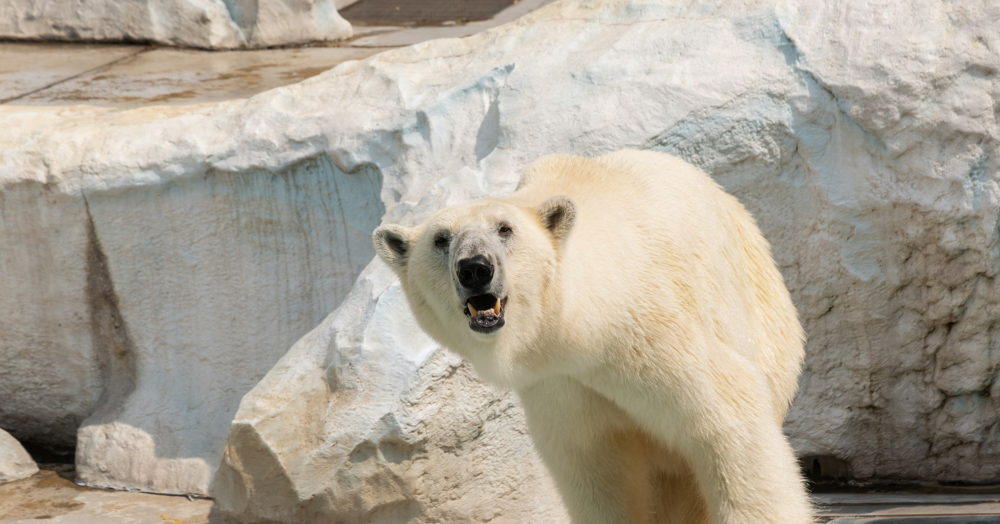Winter can be one of the toughest times of year for property investors and landlords. Cold weather, heavy rain, and freezing temperatures can all take their toll on buildings — leading to burst pipes, damp problems, and expensive repairs if maintenance is overlooked.
A little preparation before winter sets in can save you a lot of stress and money later. By taking proactive steps to protect your property now, you’ll not only reduce the risk of emergency callouts but also keep your tenants safe, warm, and happy throughout the colder months.
To help you stay on top of things, here are 10 top tips to keep your investment property free from maintenance issues this winter.
Top 10 Tips for Winter Property Maintenance
1. Service the Boiler and Heating System
Arrange a professional boiler service before the temperature drops. This ensures your heating system runs efficiently and safely all winter. Regular servicing helps prevent breakdowns and can even lower tenants’ energy bills.
2. Insulate Pipes to Prevent Freezing
Frozen pipes can burst and cause major water damage. Insulate exposed pipes in lofts, garages, and outdoor areas with foam lagging, and remind tenants to leave the heating on low if they’re away during the holidays.
3. Clear Gutters and Downpipes
Falling leaves and debris can clog gutters, causing water to overflow and damage brickwork or roofs. Clean them thoroughly and check that all downpipes drain properly away from the property.
4. Inspect the Roof for Leaks
A small crack or missing tile can lead to a major leak in stormy weather. Have a roofer check for damage and fix issues early to avoid costly repairs later in the season.
5. Seal Windows and Doors
Check for draughts around doors and windows and reseal where needed. Good insulation keeps the property warm and helps tenants save on energy bills — a big plus for retention.
6. Tackle Damp and Condensation
Winter often brings damp problems. Ensure extractor fans work properly in bathrooms and kitchens, and inspect for early signs of mould. Use mould-resistant paint in vulnerable areas and encourage tenants to ventilate regularly.
7. Maintain Outdoor Areas
Cold weather can damage fencing, gates, and paths. Trim back overhanging branches, secure loose panels, and repair uneven paving to prevent slips, trips, or property damage during storms or icy conditions.
8. Check Smoke and Carbon Monoxide Alarms
Test all alarms to make sure they’re in full working order. Replace batteries or faulty units immediately. It’s not only a safety essential but also a legal requirement for landlords.
9. Review Insurance and Emergency Plans
Ensure your landlord insurance covers winter risks such as burst pipes, roof leaks, and storm damage. Keep a list of emergency contractors (plumber, electrician, roofer) handy, and make sure tenants know who to contact if an urgent issue arises.
10. Communicate with Your Tenants
Good communication is key to effective maintenance. Send tenants a quick winter checklist — explaining how to avoid common problems like frozen pipes or condensation — and encourage them to report small issues early before they become big repairs.
Here at Allen Residential we recognise that winter maintenance is all about prevention. By carrying out these simple checks and communicating openly with your tenants, you’ll protect your investment, avoid costly emergency repairs, and ensure your property remains in great condition all season long.
A well-maintained property isn’t just good for your wallet — it keeps your tenants comfortable, builds trust, and protects your long-term rental income.
Stay proactive, stay prepared, and keep your property protected this winter.
Stephen Davies-Hale
Property Negotiator
Allen Residential

